

Max Davies
2026 Ram 1500 Rebel review
6 Days Ago
It's not a common sight on our roads, but Volvo's elegant S60 mid-sized sedan has plenty to recommend it for.
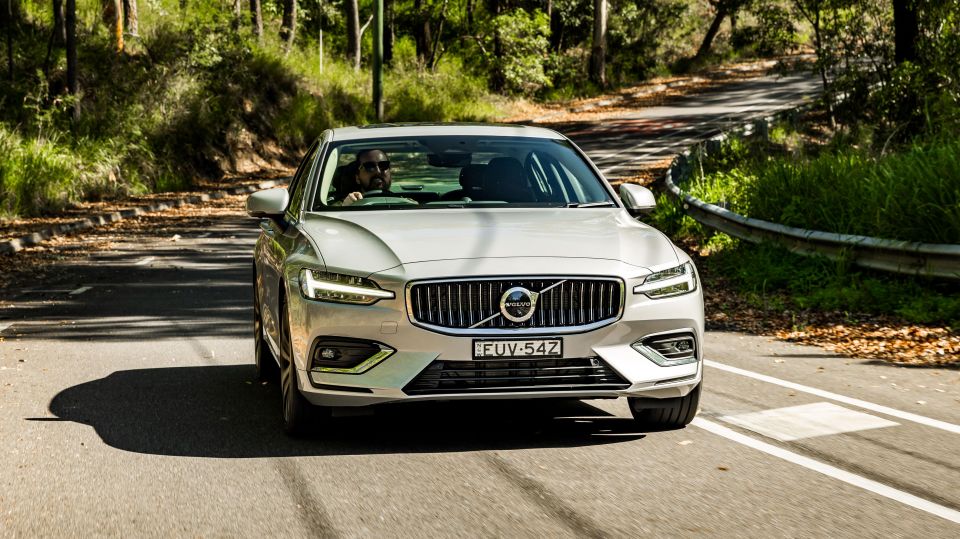
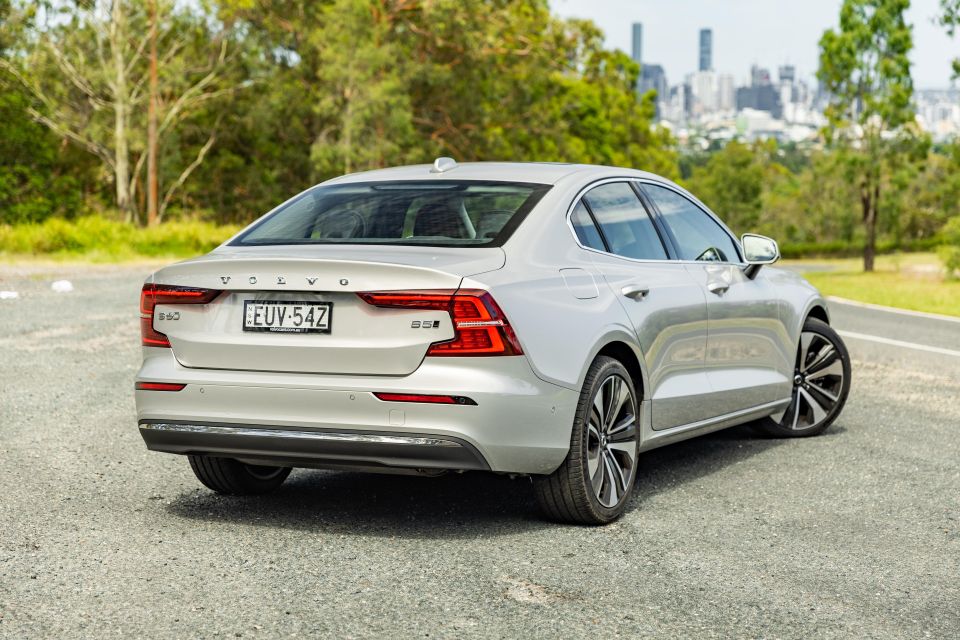

Quickly see how this car stacks up against its competition. Select any benchmark to see more details.
Where expert car reviews meet expert car buying – CarExpert gives you trusted advice, personalised service and real savings on your next new car.
It felt good to get behind the wheel of a sedan again with this Volvo S60.

Nothing beats the accessibility of an SUV with its higher hip point, and an SUV can typically carry larger items. But there’s still a cohort of buyers out there who prefer the lower centre of gravity of a sedan, the security of its closed boot, and the often apparent advantages in handling ability and refinement.
We sedan enthusiasts are declining in numbers, and even though all but one of the cars I’ve owned has been a sedan, even I can concede a sedan isn’t the most practical body style.
The Volvo S60 is the last sedan still offered by the brand in Australia, with the flagship S90 axed back in 2019 – fewer than three years after it was launched. It lives on in markets like China, where sedans are more popular.
The S60 range has shrunk since the third-generation model arrived Down Under in 2019, with the Swedish brand choosing to focus on its vastly more popular SUV models. After all, the XC40 led its segment last year, and the XC60 and XC90 crossovers were among the most popular in their segments.
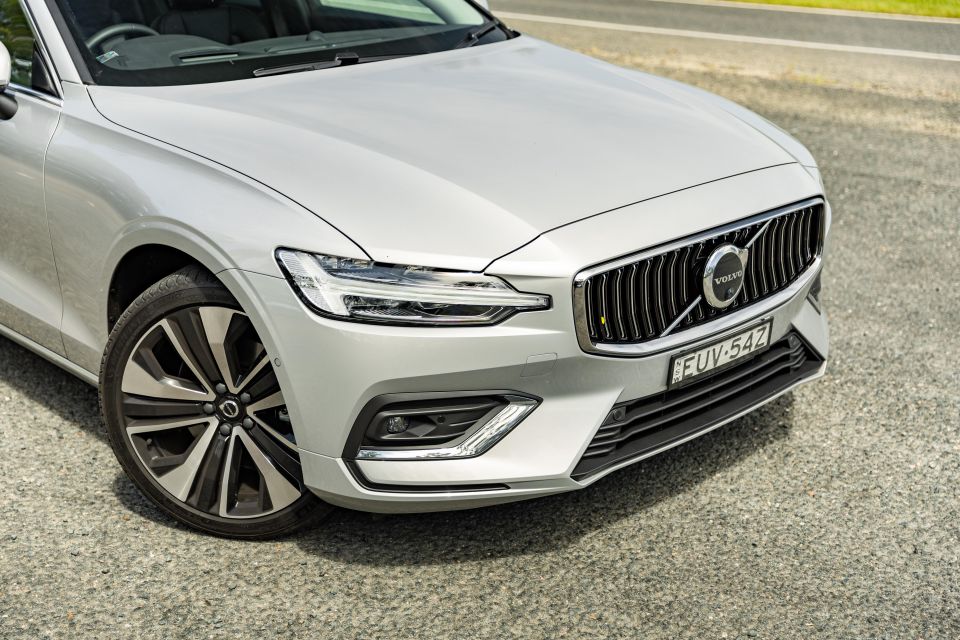
After axing the plug-in hybrid T8 in 2021, Volvo further shrunk the S60 range to three variants for 2021 and then just one for 2022. Fortunately, it didn’t outright kill the S60 for 2023, though it did rechristen the surviving Inscription grade with the odd Ultimate B5 Bright moniker.
Volvo sold just 222 examples of the S60 in Australia last year. While that figure was surprisingly higher than that of the related, higher-riding V60 Cross Country – about as SUV-like as you can make a station wagon – it saw Volvo’s lone sedan outsold by the likes of the Alfa Romeo Giulia and Lexus ES.
That’s business as usual for the S60, however, which has never cracked 1000 annual sales in Australia. In fact, sales actually increased in 2022 – should more people be putting the South Carolina-built S60 on their list?
The lone 2023 Volvo S60 Ultimate B5 Bright is priced at $66,990 before on-road costs, or $73,645 drive-away based on a Sydney postcode.
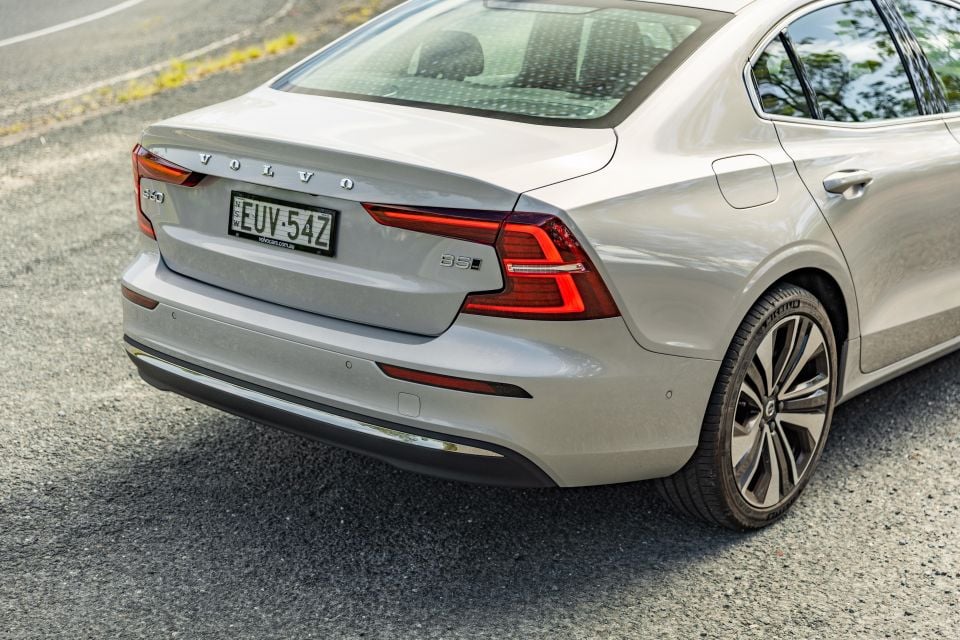
The only options are two high-end sound systems: a Harman Kardon unit, or our tester’s Bowers & Wilkins system which adds an extra $3752.
The S60’s price puts it up against the following luxury-branded rivals:
You could also cross-shop the S60 with the following vehicles from mainstream brands:
Prices exclude on-road costs unless noted
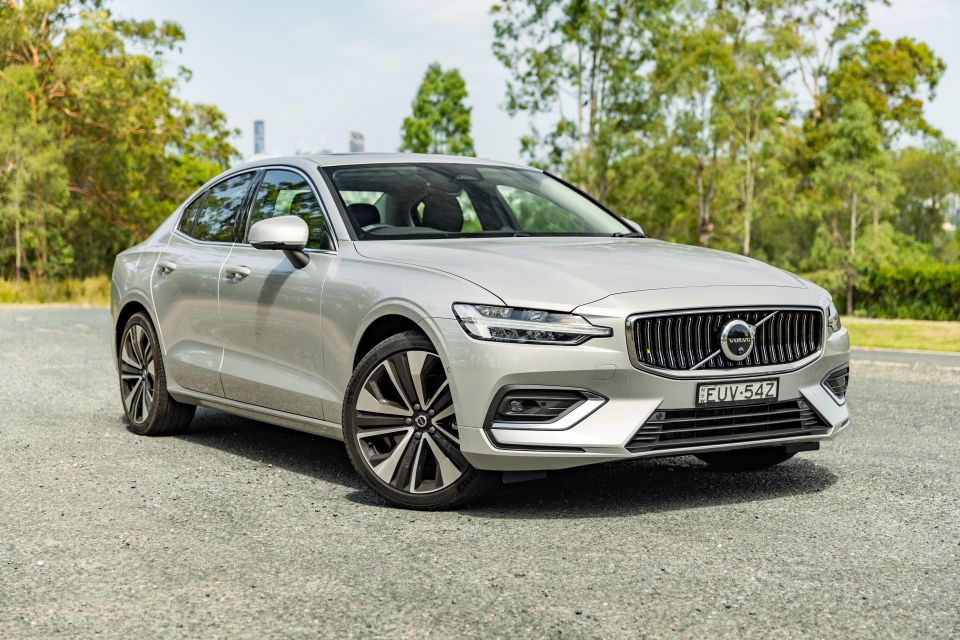
With BMW, Jaguar and Mercedes-Benz increasing prices with the latest iterations of their mid-sized luxury sedans, the S60 therefore sits at the lower end of the segment. That’s despite having a more powerful engine than some entry-level rivals, as well as a longer list of standard equipment.
With so few S60s on the road, at least compared to the likes of the Mercedes-Benz C-Class, it was nice to take in the Volvo’s lines up close. The rear detailing isn’t as heavy-handed as it can appear in photos, with the tail lights instead looking subtly aggressive.
The chrome accents add an elegant touch and the gently curved grille is almost Maserati-esque. Overall, it’s elegant without being anonymous.
Buy your new car without the stress. It's fast, simple and completely free.

Great service from Travis and team, second time I have used this business would not hesitate to recommend them to anyone
Craig C.
Purchased a Ford Ranger in Sunshine Coast, QLD
CarExpert helped Craig save $7,224 on his Ford Ranger, now let us save you on your next new car.
Get your BEST priceYes, that’s a crystal shifter. Embossed with the logo of Orrefors, the Swedish manufacturer of stemware and the like, the shifter is backlit and therefore glows at night.

It’s a stunning centrepiece to an interior that, on the whole, is impressively luxurious.
The Bowers & Wilkins sound system of our tester is superb, and also includes attractive metal-look speaker grilles. I’d give the edge in overall performance to the 19-speaker Bang & Olufsen system in the rival Audi A4, but the Bowers & Wilkins is hardly a pauper.
The portrait-oriented 9.0-inch touchscreen infotainment system is powered by the Android Automotive operating system with Google Automotive Services. That means there are multiple Google apps either integrated already, like Google Maps (with traffic data), the Google Play Store and Google Assistant – there are more that can be downloaded too.
There’s also embedded Spotify, while pressing the voice prompt button on the steering wheel brings up Google Assistant but also can be used to, for example, adjust climate settings.
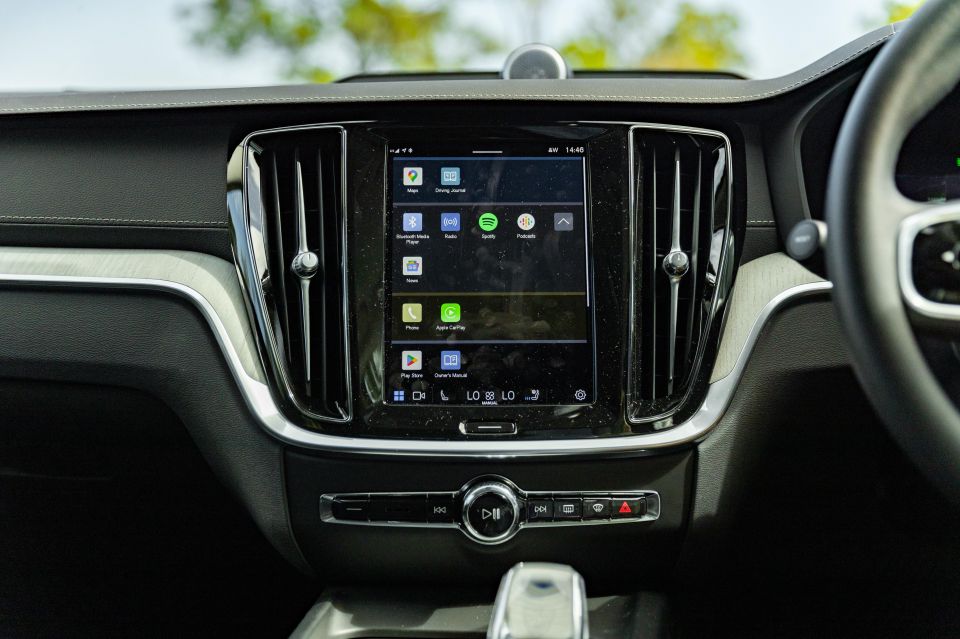
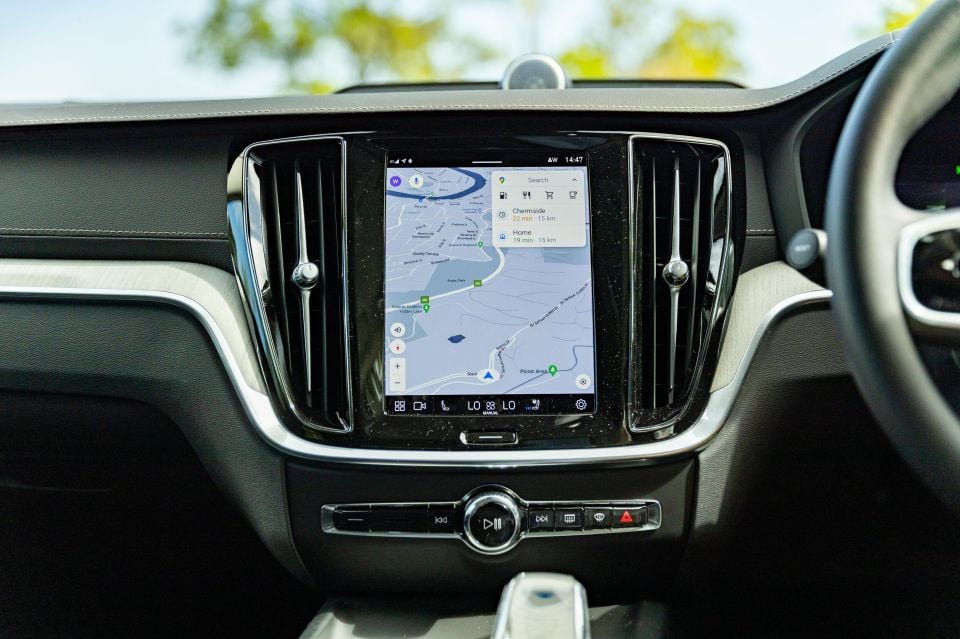
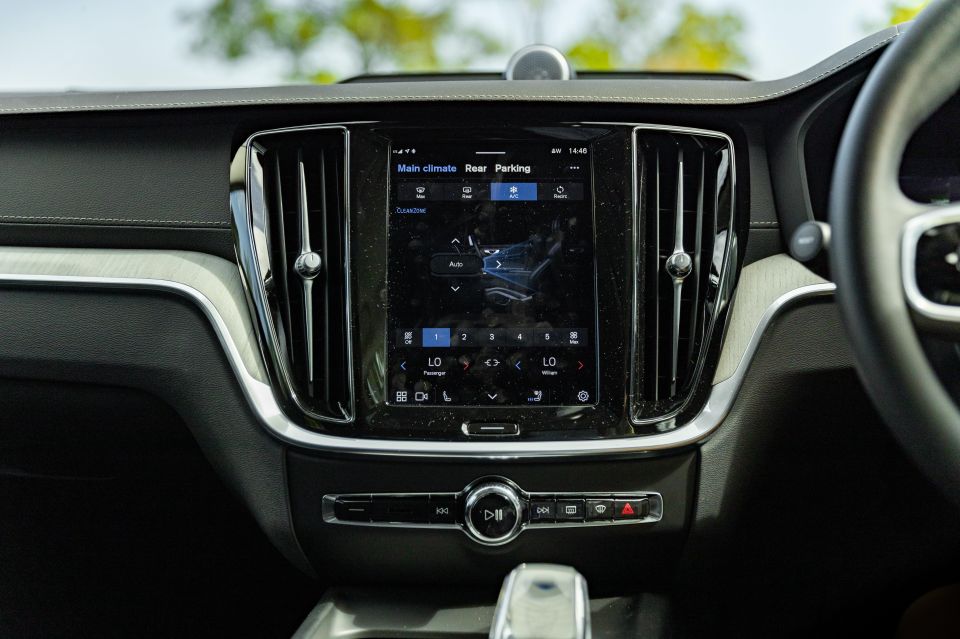
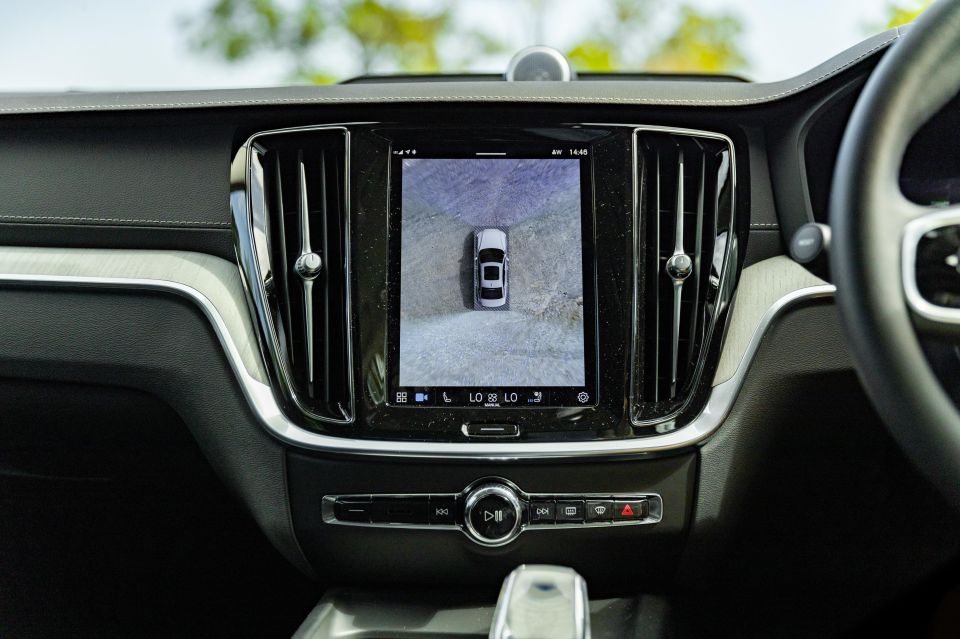
The infotainment system starts up with no delay and is generally easy to navigate and responsive to boot, including the digital owner’s manual. There’s Apple CarPlay but, bafflingly, no Android Auto.
For those of you who don’t have an iPhone, this means you can access Google Maps and Spotify and even have text messages read back to you, but you can’t (at least not yet) get access to messaging apps like WhatsApp and Messenger. It’s disappointing you’re penalised for having an Android phone when you’re actually using an Android operating system. Other vehicles with Android Automotive don’t make this mistake.
The surround-view camera has a high resolution, though there’s no 3D mode like you’ll find in some rival brands. You can toggle between each of the four camera’s viewpoints, but the S60 also won’t simultaneously display two views – for example, you can’t have both a top-down and reverse view on screen at the same time. It is easy, however, to bring up the camera – a button appears on the bottom of the infotainment screen.
There are no physical climate controls, but the digital ones are easy to use and most are always visible at the base of the screen. The only physical controls on the centre stack are for the sound system, demister and hazard lights, plus a home button for the infotainment system.
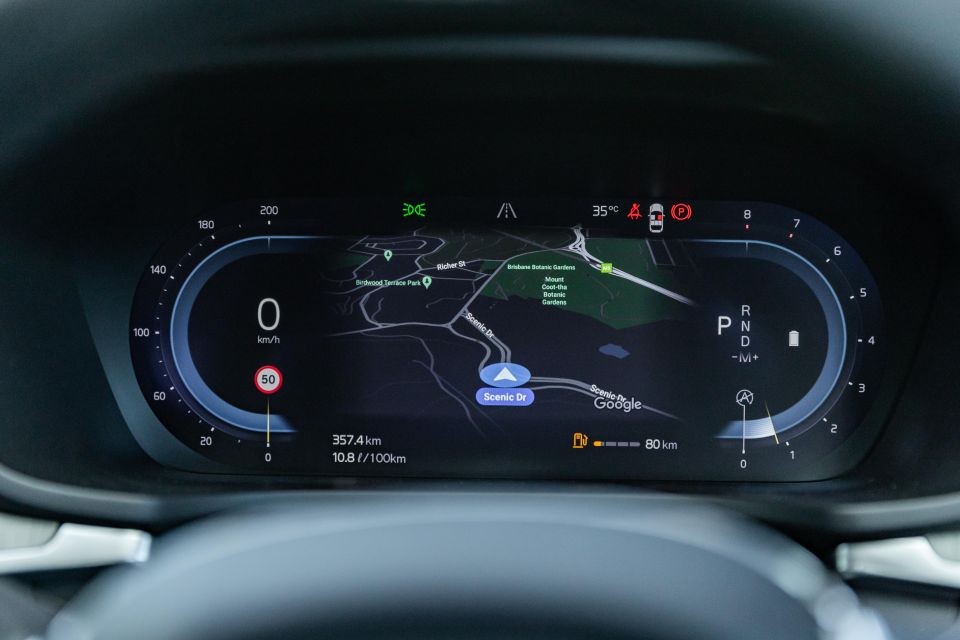
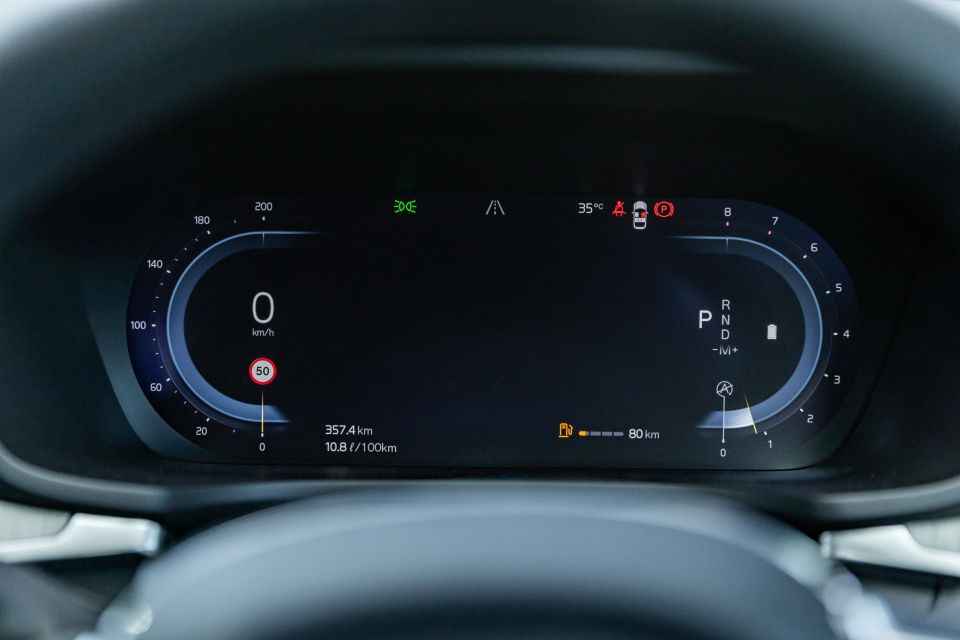
There’s not as much customisation on the digital instrument cluster as in some rivals but it boasts clear, legible graphics and the inclusion of Google Maps is a boon. Above it sits a useful head-up display.
There’s a 12V outlet at the base of the centre stack plus a couple of USB-C outlets in the centre console bin. There’s also a wireless phone charger but it has no grip, which means your phone will often slide back and forth.
We had no complaints about the front seats, a typical Volvo strong suit. They’re heated and feature plenty of power adjustment, including thigh extenders. Our tester also featured front seat ventilation, a must-have in Brisbane as I’m sure it is in the humid subtropical climate where the S60 is built.
The seats will remember your heating or ventilation setting when you restart the vehicle, and I just left the driver-seat ventilation on the entire time. It’s a bit noisy, but it works exceptionally well. Unfortunately, Volvo has confirmed the front seats are heated-only for 2023.


The actual climate control wasn’t quite as impressive. It, too, was noisy, even on low settings and yet it didn’t cool the cabin as effectively as in some rivals. We know Sweden isn’t known for being balmy, but South Carolina is.
The S60 is manufactured with a high standard of quality. We didn’t observe any rattles, panel gaps or other such build quality bugbears. Our experience was marred only by the creak that would emanate from the centre console when we applied pressure to it.
It produced no noise when left alone but it proved noisy when you rested your knee against it. While the lower sides of the centre console are carpeted, Volvo has chosen to use a hard, matte-finish black plastic where you’re more likely to touch it. Why not some leatherette?
The material choices elsewhere in the S60’s cabin are top-notch. The dash-top actually looks like it’s swathed with multiple pieces of leather, and not just plastic with stitching details. The door cards are finished in soft-touch trim, right to the very bottom where vehicles at this price point often switch to hard plastic.
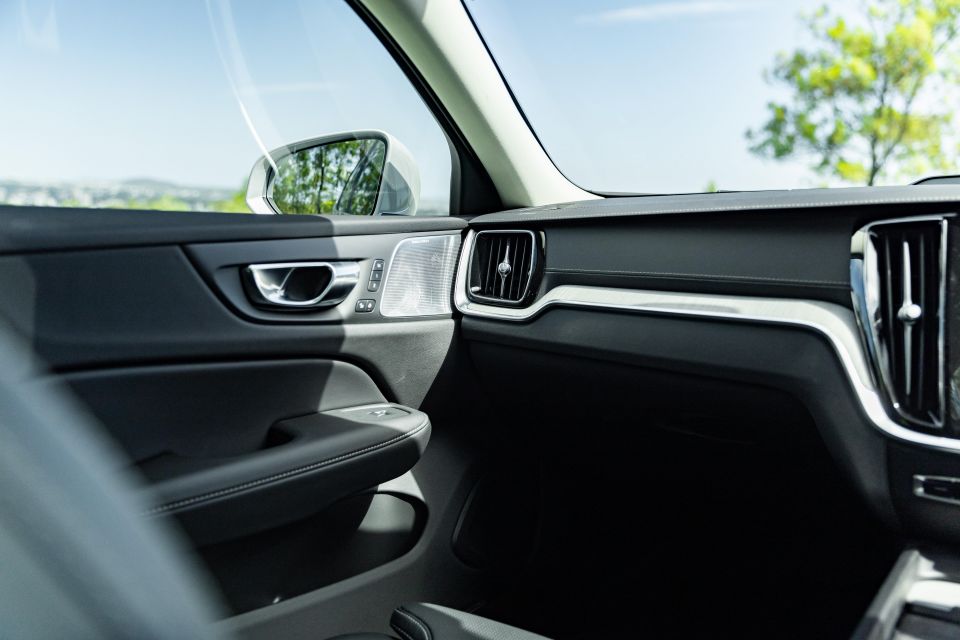
The open-pore wood trim is tactile and adds some welcome contrast to the black interior – sadly a tan colourway isn’t available anymore.
It’s worth noting Volvo now lists only Metal Mesh aluminium decor as being available, which is unfortunate if you love wood trim as I do. Mind you, the metal trim is elegant, too and either inlay can also be found on covers for the 12V outlet nook and the cupholders.
The best part? Gloss black trim has been mercifully kept to a minimum.
All the right luxury car sounds are here: the solid thunk of the doors, for example, and a seatbelt chime that doesn’t ding-ding-ding like that of a cheaper car. The chime actually sounds more like the audio cue they might play in a soap opera when they’re about to show a flashback.
The S60 has a sleek roofline, so watch your head stepping into the rear – this is no 240.
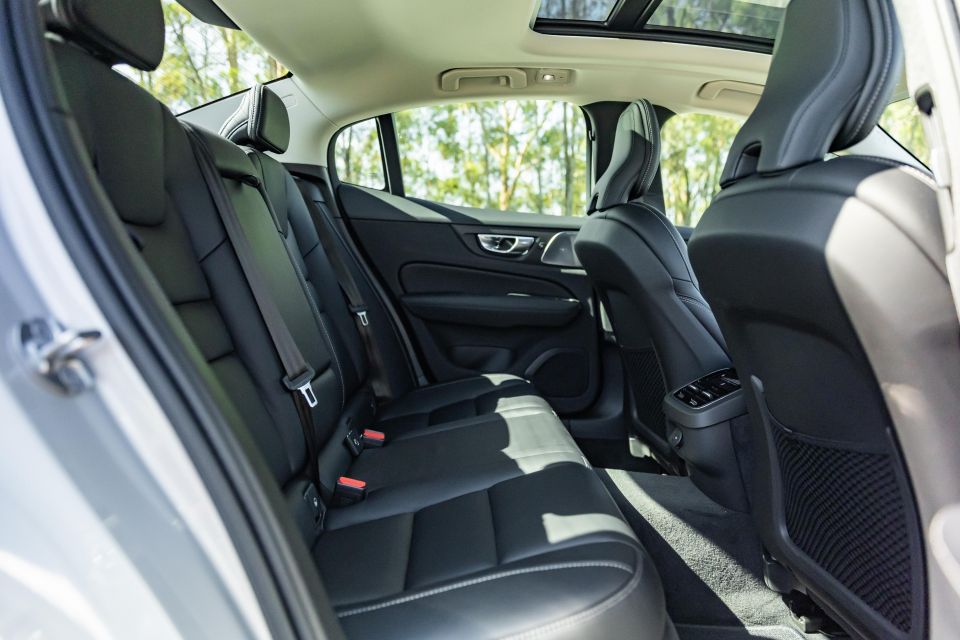
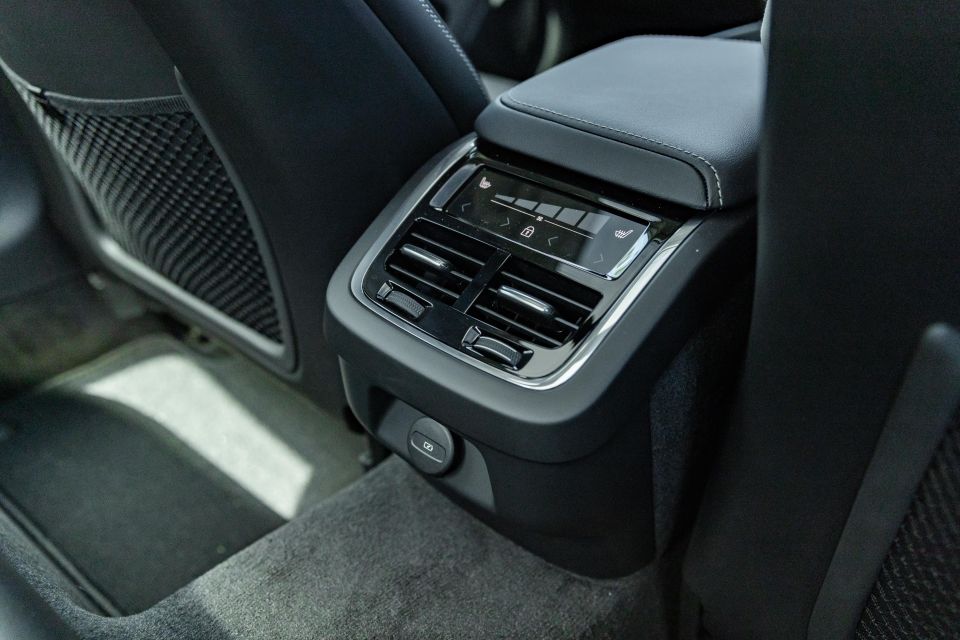
While the outboard-seat passengers have plenty of knee room, there’s an enormous driveline hump that forces the centre-seat occupant to manspread.
I’m 180cm tall and found my head touching the roof in this seat, while even my hair was brushing against the headliner in the outboard seats. It’s more comfortable than a Giulia or a G70 back here, but they’re not exactly bastions of space efficiency.
There’s a fold-down centre armrest with cupholders, while the bottle holders in the doors will fit a typical 600ml bottle. Other amenities include front seatback map pockets, two USB-C outlets at the base of the centre console, and air vents in the B-pillars and at the base of the centre console.
There are also top-tether child seat anchor points for all three seats, plus ISOFIX anchorages for the outboard seats. Passengers can control climate settings using a panel above these centre vents, which also includes the switches for the heated outboard rear seats.

Volvo hasn’t skimped with the materials back here, with the door cards finished top to bottom with soft-touch plastics – a subtle yet elegant touch some rivals forego.
The panoramic sunroof isn’t quite as panoramic as claimed. It’s more of a single-pane-plus unit, and yet it’s large enough to noticeably eat into rear-seat headroom.
The boot isn’t the deepest but it’s quite long, and boasts 427L of luggage space. Under the boot floor is a space-saver spare wheel.
The presence of both illumination and unlock/lock pads on each of the exterior door handles is very welcome. The exterior mirrors are power-folding and will tilt down when you put the car in reverse, though we found these much too slow to return to place.
The sole engine in the local S60 range is a turbocharged 2.0-litre four-cylinder engine, producing 183kW of power at 5700rpm and 350Nm of torque between 1800 and 4800rpm. It’s mated with an eight-speed automatic transmission and all-wheel drive.
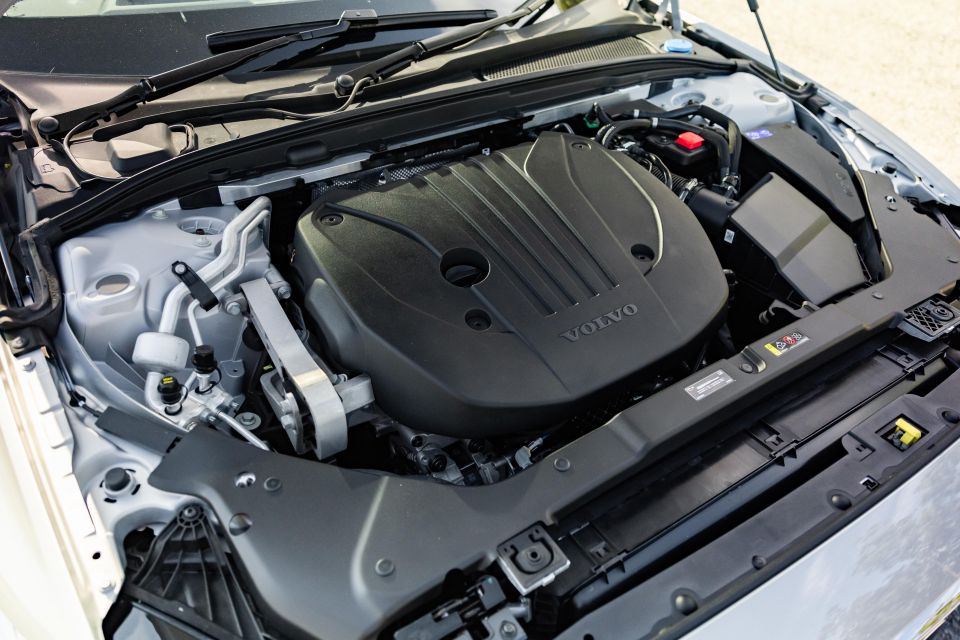
Volvo claims a 0-100km/h time of 6.5 seconds. These performance figures were what we used to expect from larger-displacement six-cylinder engines, which have been steadily disappearing from this segment.
It uses a 48V mild-hybrid system, which recovers energy from braking and stores it in a battery. While it won’t run on pure electric power, Volvo says the inclusion of such a system reduces emissions and improves fuel economy. It also ensures the smooth operation of the S60’s automatic stop/start system.
Volvo claims combined cycle fuel economy of 7.2L/100km, and we weren’t too far off with an observed 8.1L/100km across a loop consisting of highways, inner-city streets and suburban roads. Over the course of a week, this increased to 10.5L/100km, albeit with a heavy bias towards urban driving.
It requires 95 RON premium unleaded fuel at a minimum, and has a 60L fuel tank.
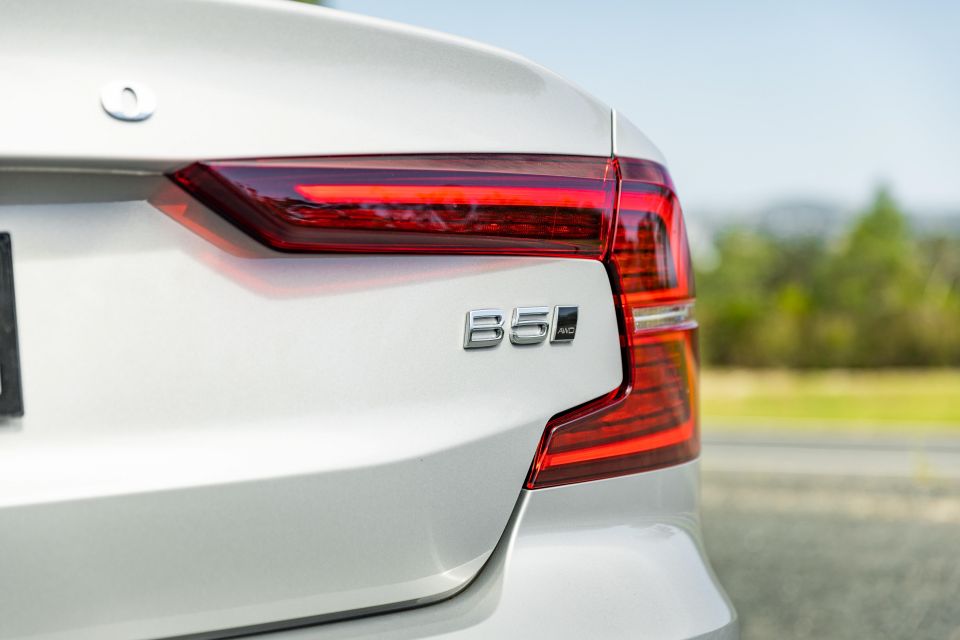
Where expert car reviews meet expert car buying – CarExpert gives you trusted advice, personalised service and real savings on your next new car.
It can’t match a ES300h for efficiency – we observed 4.6L/100km on the same loop in the Lexus against a 4.8L/100km claim – but power is up 23kW on its Japanese rival.
There’s considerably more power and torque than an Audi A4 35 TFSI (110kW/270Nm) or Volkswagen Arteon 140TSI (140kW/320Nm), though it’s essentially lineball with a Genesis G70 (179kW/353Nm).
The engine and exhaust note of the Volvo S60 might sound surprisingly sporty and the ride might be quite firm, but this is no sports sedan.

There are no selectable drive modes with the only adjustment being two different settings for the steering.
Even in the sportier of the two, the steering feels a tad light and very little information from the road is communicated to the driver. There’s a detached feel to the tiller, though the S60 is easy to manoeuvre.
There are no paddle shifters either, though you can move the shifter in manual mode from side to side (instead of the more natural up and down) to change between gears.
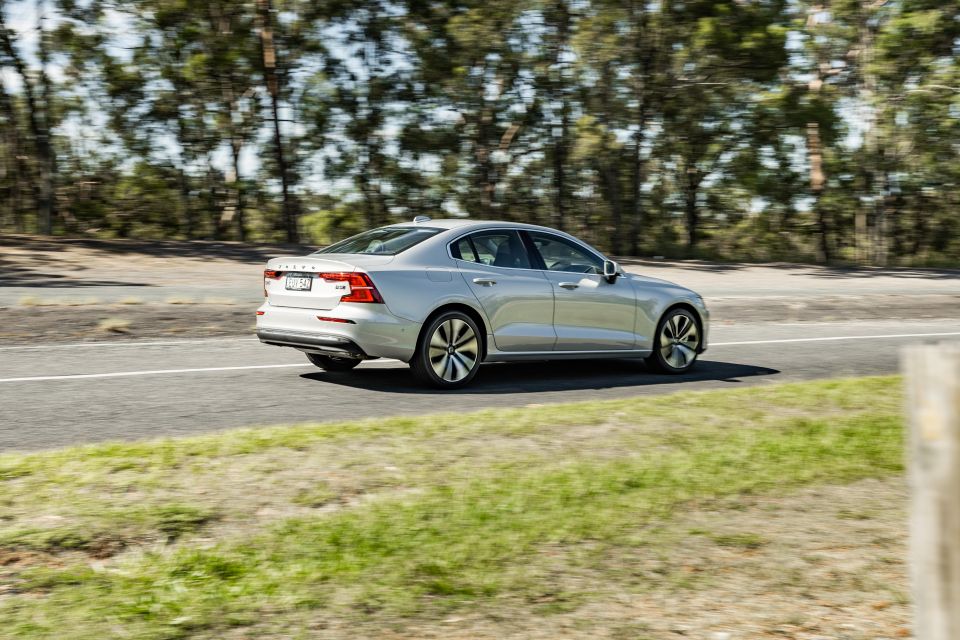
You can toss an S60 into a corner and it’ll hang in there, with well-controlled body roll and good grip from the all-wheel drive system. The Volvo uses a Haldex system, which means it’s predominantly a front-wheel drive car, with torque sent to the rear axle when the front axle loses traction.
There’s a bit of understeer and a somewhat nose-heavy feel to the S60, at least when you push it down a winding road. A Giulia or G70 feels more balanced and fluid in such a scenario, but we wonder just how many owners will treat the S60 as some kind of canyon-carving sports sedan.
It’s surprising, then, that the S60 rides as firmly as it does. It never feels harsh or crashes over bumps, but you’ll feel and hear all manner of surface changes and road imperfections.
The most impressive part of the S60, dynamically, is its powertrain. The eight-speed automatic transmission shifts smoothly and never seems to get caught in the wrong gear, while the turbocharged four-cylinder engine has plenty of pull with only a touch of turbo lag.
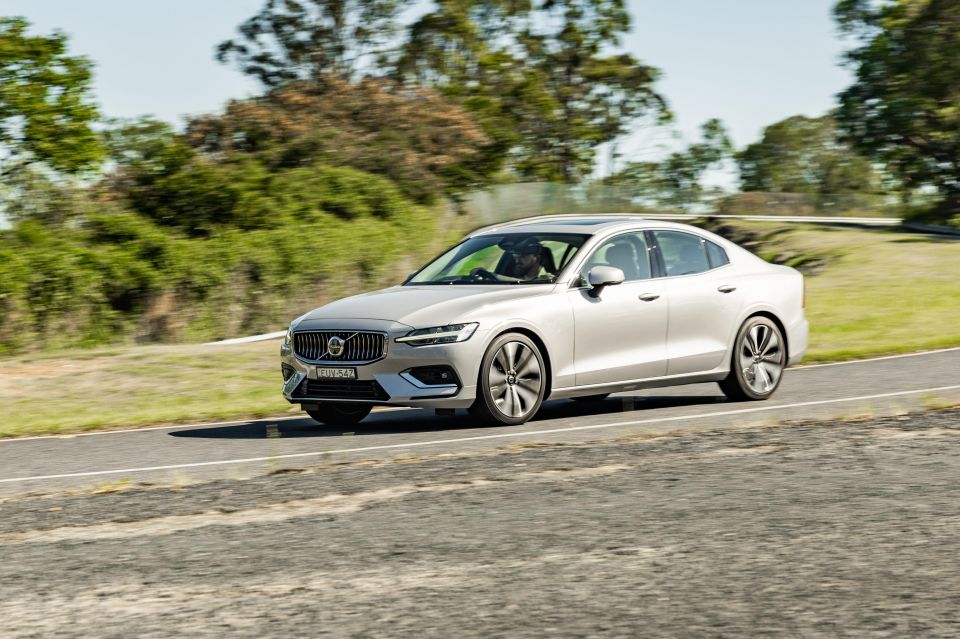
The automatic stop/start system is also one of the smoothest we’ve experienced, and the cabin is hushed, even at highway speeds. There’s a modest amount of tyre roar on coarse-chip roads, but overall this is quite a refined sedan.
Volvo’s Pilot Assist Level 2 autonomous driving feature, which combines lane-centring with adaptive cruise control, is easy to activate and works well. It feels more confident than in models like the C40 I recently drove, where it has a tendency to feel nervous.
The LED headlights are absolutely superb, with the beam moving with the direction of the steering wheel. The fog lights also feature a cornering function, while the adaptive high-beam will avoid shining light at vehicles ahead of you. It all works marvellously, and the headlights are a highlight of the S60.
S60 B5 Ultimate highlights:
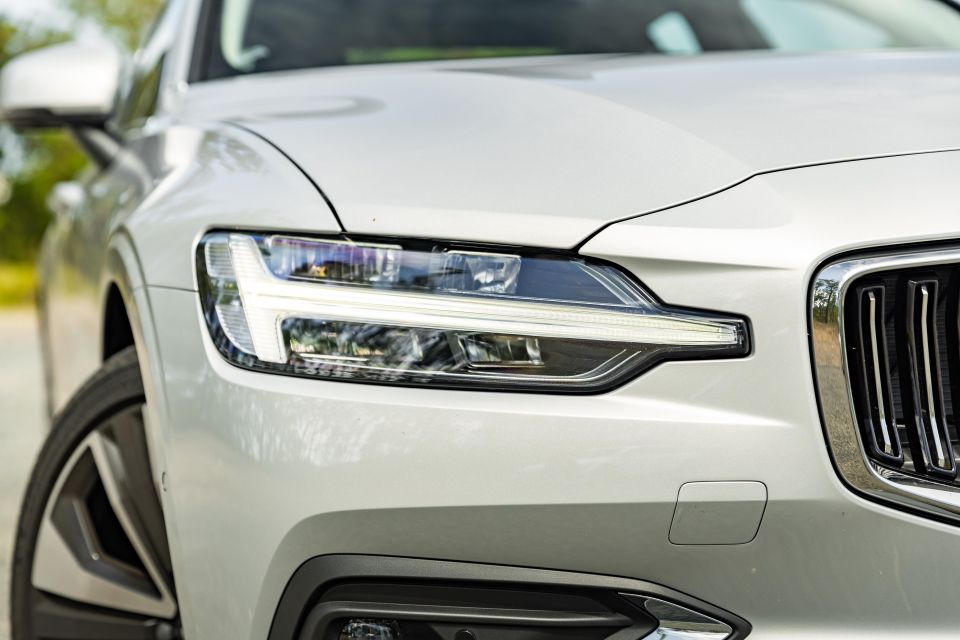

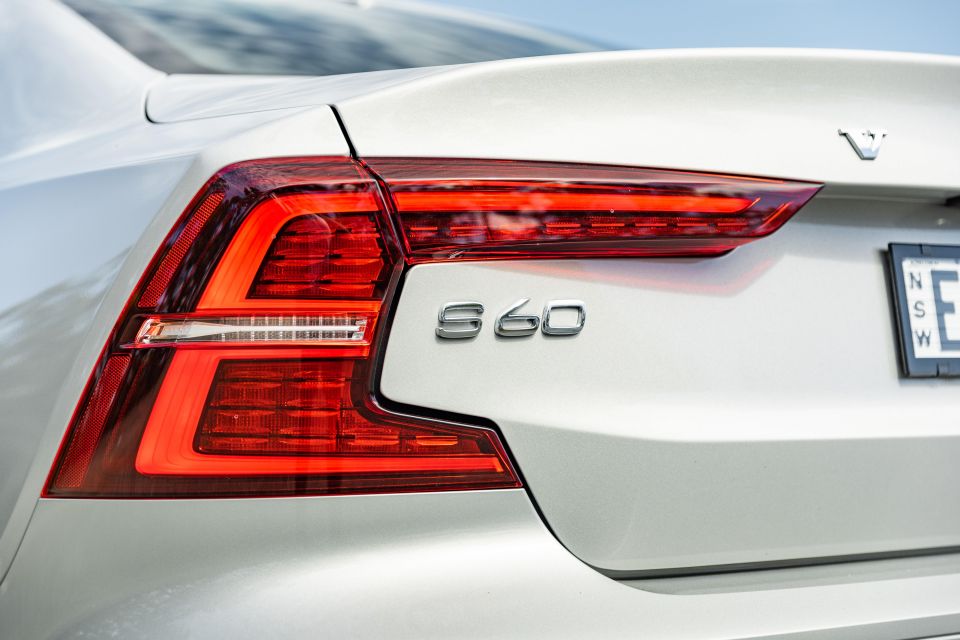

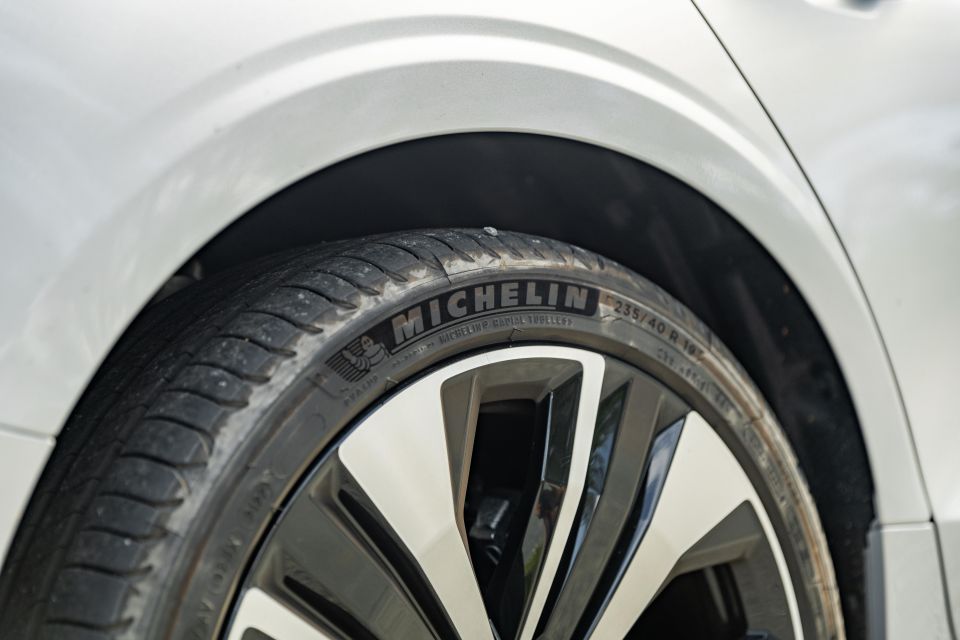
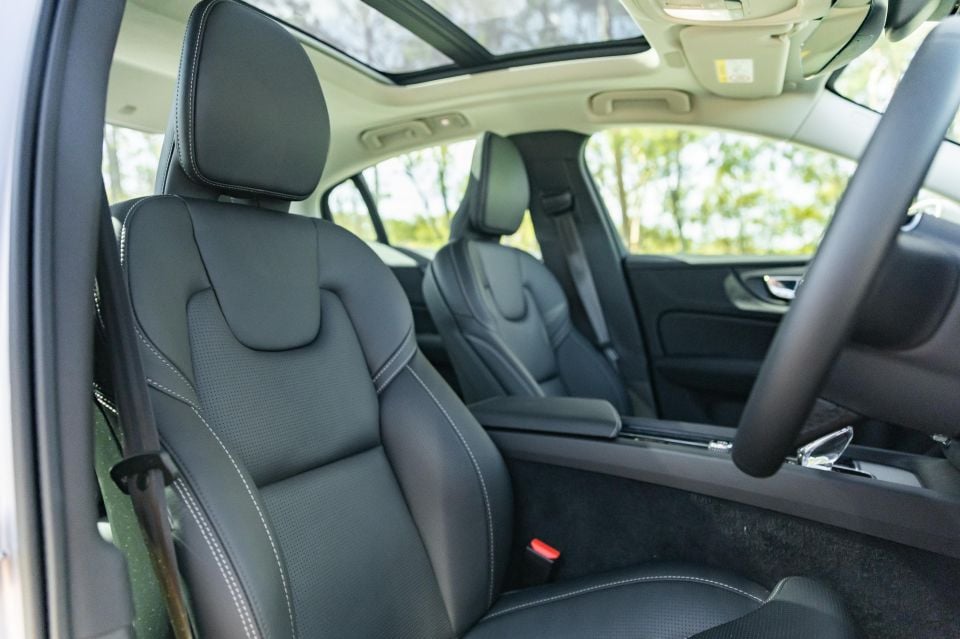
Volvo includes four years of complimentary access to Google Assistant, Google Maps and the Google Play Store.
14-speaker Harman Kardon and 15-speaker Bowers & Wilkins sound systems are optional.
Some of the S60’s standard inclusions, like its surround-view camera, adaptive LED headlights and head-up display, are either not available in similarly priced rivals or bundled into option packs.
The Volvo S60 has a five-star ANCAP safety rating based on testing conducted in 2018.

It received an adult occupant protection rating of 96 per cent, a child occupant protection rating of 88 per cent, a vulnerable road user protection rating of 74 per cent, and a safety assist rating of 77 per cent.
Standard safety equipment includes:
The S60 is backed by a five-year, unlimited-kilometre warranty; Volvo was among the first brands in this segment to offer a five-year warranty but has now been matched by almost every luxury brand.
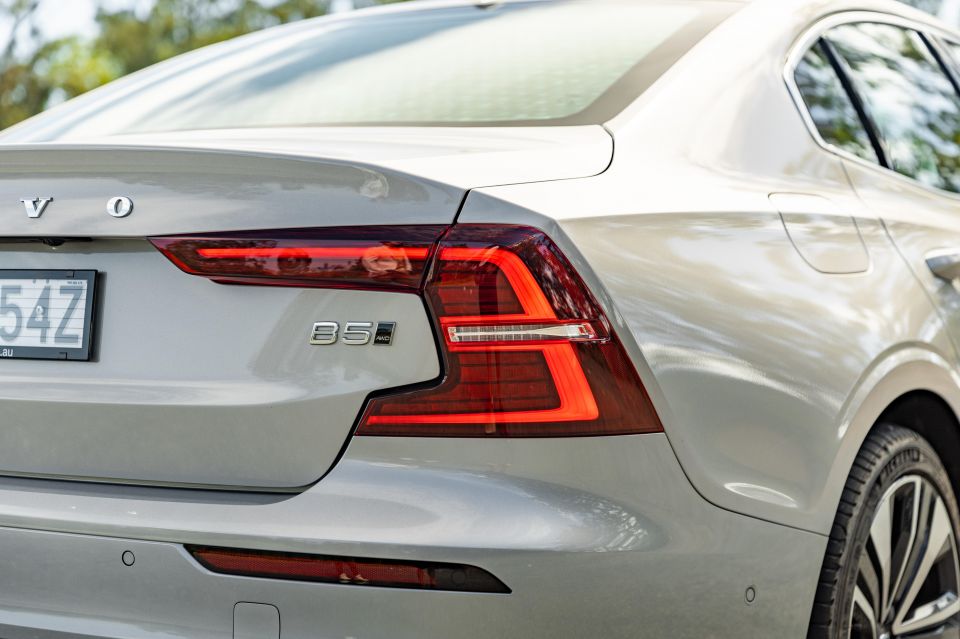
Volvo offers a choice of three-year, 45,000km or five-year, 75,000km prepaid servicing plans. The former costs $1750 and the latter $3000.
Lexus offers cheaper capped-price services for the ES but fewer of them ($495 each for three years) while the Volkswagen Arteon’s five-year service plan is $500 cheaper than Volvo’s, and the Audi A4’s is $80 cheaper.
No vehicle in this segment has a better service offer than the Genesis G70, however, which has five years of complimentary servicing.
Buy your new car without the stress. It's fast, simple and completely free.

Great service from Travis and team, second time I have used this business would not hesitate to recommend them to anyone
Craig C.
Purchased a Ford Ranger in Sunshine Coast, QLD
CarExpert helped Craig save $7,224 on his Ford Ranger, now let us save you on your next new car.
Get your BEST priceThe chrome accents and the lush fittings may suggest the Volvo S60 is some kind of soft, spongy luxury sedan, but its firm ride puts paid to that.

And yet, the S60 can’t quite match the reflexes of its rivals, many of which feature rear-wheel drive.
While it can’t offer the sheer ride comfort and space of a Lexus ES or the poise of an Alfa Romeo Giulia, it does strike a fairly acceptable compromise. It doesn’t clomp over bumps, nor does it wallow in corners – not that a Lexus ES does either, mind you – and the all-wheel drive system offers plenty of grip.
Perhaps the most impressive part of the S60 is its cabin. It’s not the roomiest in this segment, but the material quality – with only one exception – is superb and the technology is thoroughly modern.
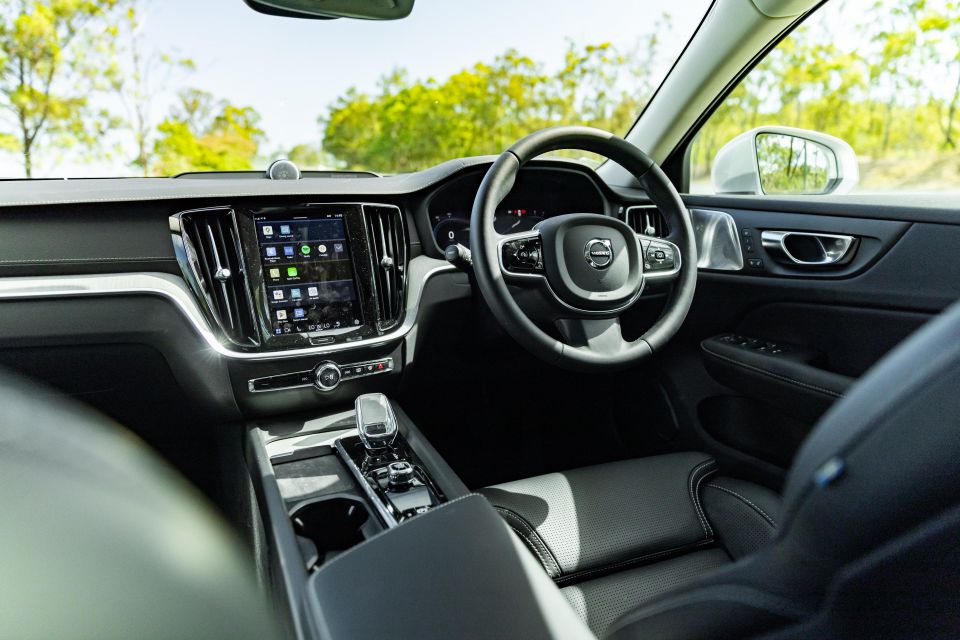
Should the S60 be on your list? If you must have a sedan, it represents solid value for money in its segment. But we’d like to recommend something else to you.
No, don’t worry, it’s not an SUV, although it is playing dress-up as one. The S60’s high-riding wagon sibling, the V60 Cross Country, offers greater practicality, a higher hip point and the same classy interior and equipment, all for just $2500 more. Besides, you’re buying a Volvo, and what brand is better known for its wagons?
If sedans have to die, this is what we’d rather see replace them.
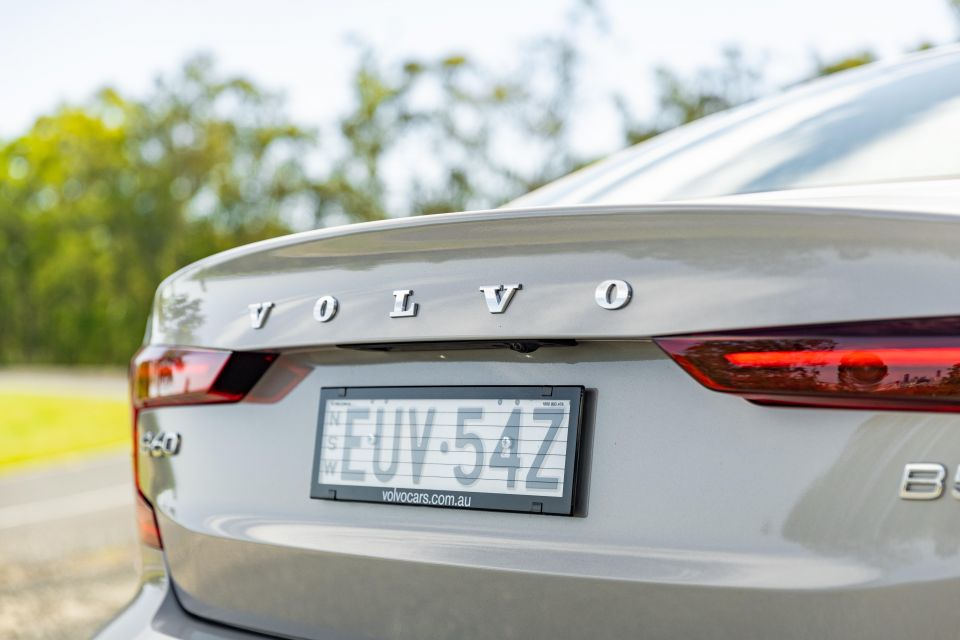
Click the images for the full gallery
MORE: Everything Volvo S60
Where expert car reviews meet expert car buying – CarExpert gives you trusted advice, personalised service and real savings on your next new car.
William Stopford is an automotive journalist based in Brisbane, Australia. William is a Business/Journalism graduate from the Queensland University of Technology who loves to travel, briefly lived in the US, and has a particular interest in the American car industry.


Max Davies
6 Days Ago


Max Davies
4 Days Ago


Neil Briscoe
3 Days Ago


Max Davies
2 Days Ago
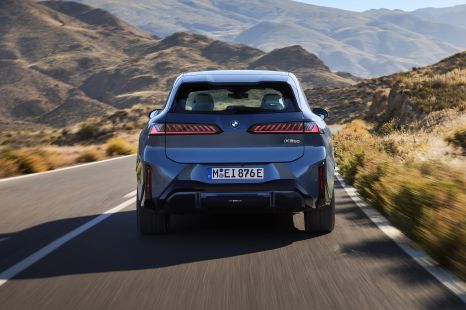

Alborz Fallah
22 Hours Ago


Damion Smy
22 Hours Ago